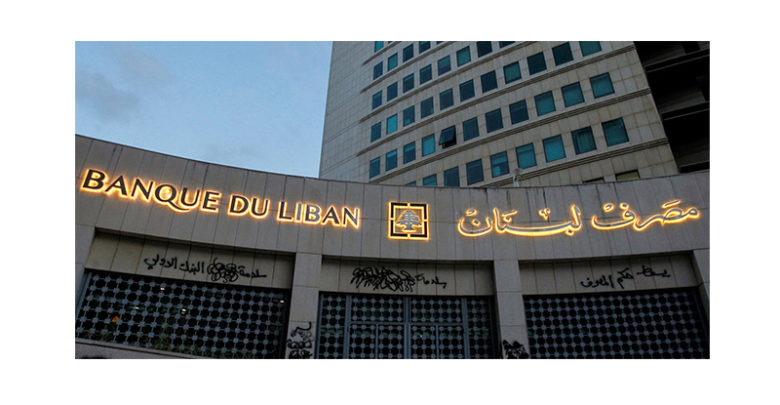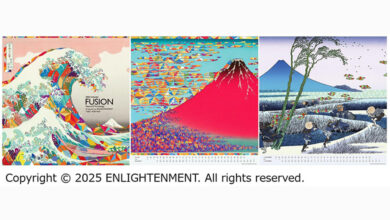The High Cost of Printing Money for Lebanon Central Bank

The Banque du Liban boasts a special department that studies the market’s need for cash and based on that assessment prints new banknotes with different denominations. However, all the denominations are rarely printed together. The Banque du Liban continuously evaluates the supply it possesses and the extent to which it meets the needs of the market. This evaluation is necessary because printing the currency is a process that takes up to 18 months, from the decision-making until the distribution of currency.
In normal circumstances, the Central Bank studies the banknotes denominations to determine which bills are more in demand. Once worn the out bills return to the Banque du Liban, they will be scrutinized and fed to special equipment to find out if they still meet the required standards. The so called “unfit currency” will be removed and subsequently destroyed. The new supply of money then is printed and distributed to the market.
With the reduction in supply, new currency has to be printed and pumped into the market to secure the growing need for fresh bills., Although this move inevitably lead to inflation, speculation and manipulation of money in the market. This year Banque du Liban has printed and introduced to the market more money than last ten years combined. Last public announcement about printing Lebanese currency was on December 24, 2019, when the media reported 9 tons of banknotes in 50 and 100 thousand denominations, were printed and delivered to Banque du Liban, which subsequently were injected to the market
The main question is, can the Banque du Liban bear the costs of printing a new currency, especially since the printing takes place outside Lebanon and the printers that actually print the money get paid in euros or dollars? Does it still make sense print small denomination while cost of producing the money is more than its value?
To answer this question, we must first know why Lebanese currency is printed outside Lebanon? the production of modern paper money is a complex procedure involving highly trained and skilled craftspeople, specialized equipment, and a combination of time-honored printing techniques merged with sophisticated, cutting edge technology. It is also an expensive process. Most of the advanced countries that need large amounts of cash print the bills themselves through private companies, while at the same time they print for countries as well so that investment in printing presses becomes profitable and ROI is attractive. Lebanon is a small country and does not need large amounts of currency, so for the country it makes sense to outsource it. Banque du Liban defines the specifications, quality of paper and required security printing features. Last time Russian company “Goznak” was awarded the tender to print money for Lebanon.
It is worth noting that printing 1000 bills of any denomination cost the Central Bank between 30 and 45 euros. It could even rise of 60 euros, and therefore printing ten bundles of the smallest Lebanese paper denomination costs 10 percent of its total value.






73 Comments